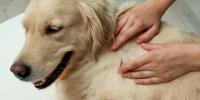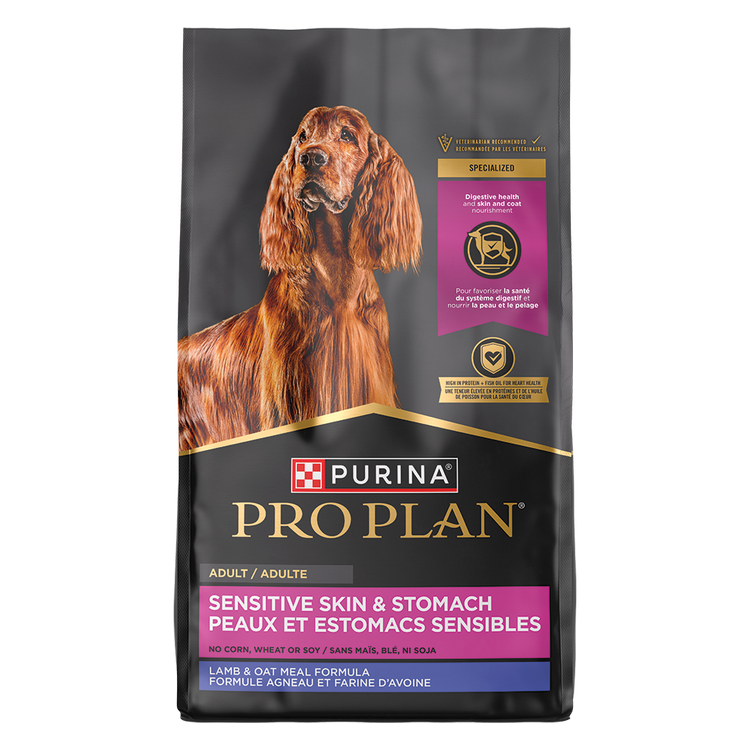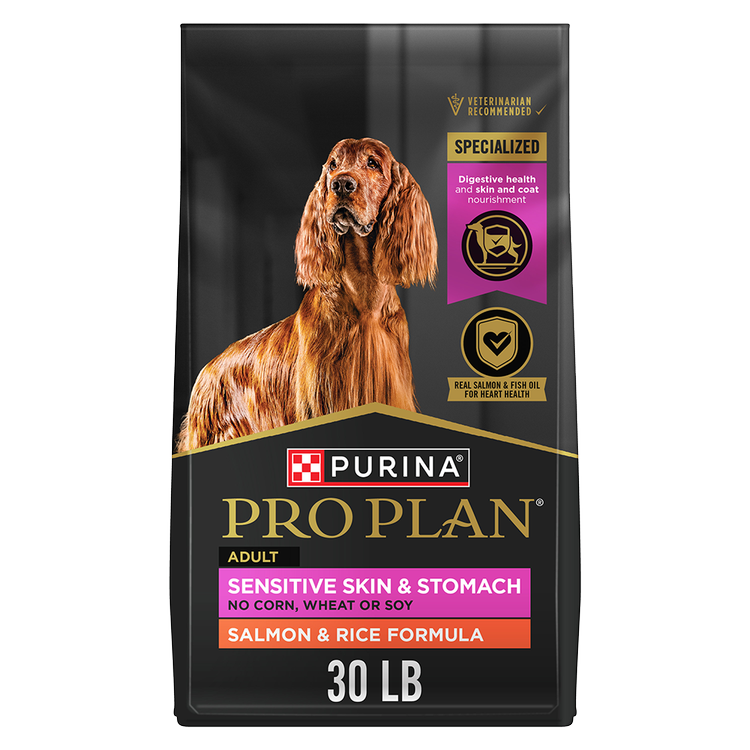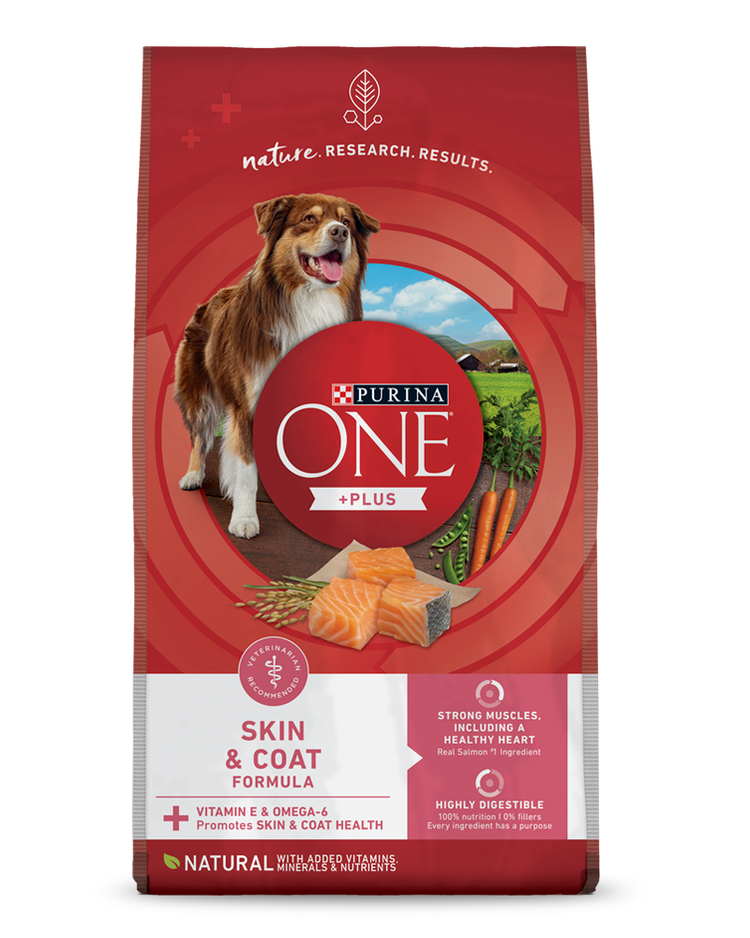Bumps on Your Dog’s Skin


Bumps on a dog’s skin are fairly common and can be unrelated to overall health. Even if your pet maintains an active lifestyle and diet of nutritious dog food, they might still be susceptible to bumps, lumps and spots.
While some growths can be cancerous, the majority are benign. If you recently found a bump and aren’t sure what to do, or just want to know what to look for, read on to learn about symptoms, treatment and common types of growths (and contact your veterinarian for further evaluation).
Symptoms of Growths on Your Dog
When it comes to bumps on your dog, pay special attention to anything the size of a pea or larger, especially if it has grown. Other signs to watch for are swollen areas throughout the body, enlarged lymph nodes (particularly around the neck), and growths in your pet’s mouth.
A bump may be a tumor, cyst or general mass. A tumor is a bump that may or may not be cancerous; cysts contain fluid or other substances; and a mass covers a range of other attributes.
Evaluating Bumps on Dogs’ Skin
Whether it’s a squishy mass or hard lump on your dog, contact your veterinarian if you find a growth.
The veterinarian will tailor their recommendation depending on the nature of the bump. If they determine it’s benign, they may suggest no further actions other than keeping an eye on it.
Alternatively, a benign growth can have potentially negative impacts on the body, and removal might be recommended. If the bump is diagnosed as malignant, your veterinarian will want to do further diagnostics and develop a plan for the best course of treatment, or even refer you to a veterinary oncologist.
Treatment
- Physical Examination. Your veterinarian will feel and inspect the bump and try to make a diagnosis based on obvious symptoms.
- Fine Needle Aspiration (FNA). If they’re unsure or want to confidently rule out cancer, your veterinarian will perform a fine needle aspiration (FNA), a type of biopsy where fluid or cells are drawn out of the mass with a needle and syringe. FNAs are a quick, relatively non-invasive way to diagnose the contents of a bump. Results are known to be accurate depending on the size of the mass and if it exfoliates well.
- Biopsy. As an alternative to an FNA, a doctor can remove a small sample of tissue from the lump for closer examination. Your dog is usually put under anesthesia for the procedure. The veterinarian will send the sample to a reference laboratory to be examined by a clinical pathologist.
- Additional tests and surgery. If cancer is detected, other diagnostics will be run to learn more about the illness, such as blood work, ultrasounds or CT scans. Surgery may be required to excise the mass. There may also be a referral to a veterinary oncologist, depending on the case.
Common Types of Lumps on Dogs
There are many kinds of bumps but here are some of the most common, ranging from benign to malignant:
- Lipoma. A lipoma is a benign fatty tumor that develops under the skin. Dogs can have many of these all over their bodies. While they might look concerning, they generally don’t need to be removed unless they’re located in a functional area. For example, a lipoma that’s near a leg could impact your pet’s ability to move.
- Skin tags. While they don’t pose a health threat, skin tags can grow large and sometimes hang off the skin by a stalk. Typically, they’re only excised if they get irritated or bother your dog.
- Papillomas. These warts are caused by a virus and appear in and around your dog’s mouth. They are highly contagious but benign and often disappear without treatment. Sometimes veterinarians will prescribe an antiviral medication to help them clear more quickly.
- Abscess. Abscesses are swollen areas of skin that may result from bite wounds or infections from injuries. Because they’re filled with pus, they can feel firm or squishy to the touch. Your veterinarian will likely put your pet under anesthesia, drain and flush the abscess. They may also prescribe antibiotics to prevent further infection and some anti-inflammatory medications to help with recovery.
- Sebaceous adenomas. These cysts are often small in size and resemble a wart or pimple. Caused by blocked oil glands, they may rupture and produce a white substance. Some go away on their own, while others can remain for years.
- Histiocytomas. Another type of benign tumor, histiocytomas are red bumps that can grow quickly on the skin. If they’re big or bother your canine, a veterinarian might recommend removing them. They’re often found in younger dogs.
- Mast cell tumor. A common type of canine skin cancer, mast cell tumors develop in or beneath the skin. They vary in size and appearance, ranging from small and movable to large and painful; others may grow, shrink and grow again. Typically, they occur in middle-aged to older dogs and are commonly found in breeds such as Labrador Retrievers, Boxers and Boston Terriers. Note that a cancerous mast cell tumor isn’t necessarily fatal but still does require swift veterinary intervention.
How to Check Your Dog for Bumps
Checking your dog regularly for bumps is key. This helps ensure your pet can get treatment as soon as possible, if necessary.
To check your dog, give them a thorough examination once every couple of months. Make sure to feel around less visible spots such as the belly, legs, paws, under the ears – places that could be easy to miss from casual observation. Again, look for masses that are pea-sized or larger. If you find something, note characteristics such as size, shape and color.
Additionally, maintain regular visits with your veterinarian. Together, you can detect and treat new growths sooner than later.
Want other tips about your dog’s health? Learn more from our pet experts or visit our Pet Expertise page.
Related articles

Reward Yourself with myPurina
Earn and redeem rewards for Purina products with the myPurina app.






